RECOMMENDED NEWS
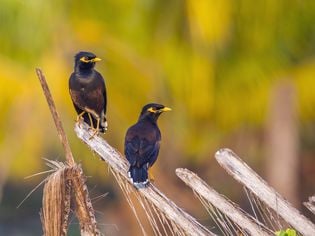
Mynah Bird: Bird Species Profile
If you want a chatty, intelligent bird to share your home, then the tropical mynah bird is the pet ...
Read More →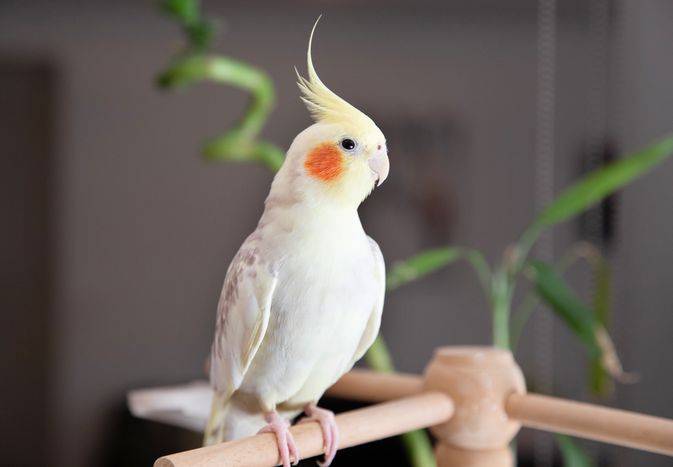
8 Top Small Pet Birds
Good things come in small packages and small pet birds can be excellent companions. They're gen...
Read More →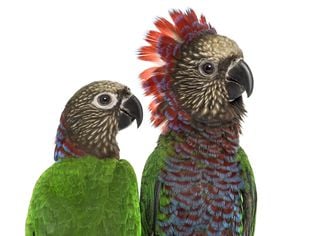
Red Fan Parrot Species Profile
Red fan parrots are some of the most strikingly colorful pet birds. They are medium-sized parrots w...
Read More →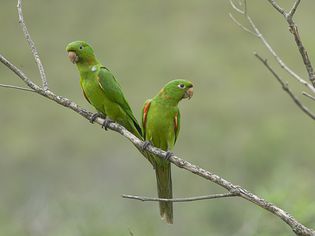
White-Eyed Conure (Parakeet): Bird Species Profile
The white-eyed conure or white-eyed parakeet is a small green parrot that is among one of the bette...
Read More →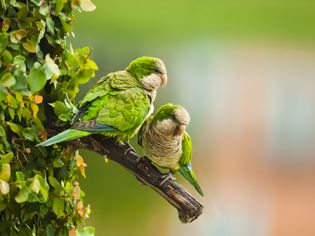
Top 15 Small-to-Medium Birds That Can Talk
While many people often think that the only birds that talk are large, there are actually many diff...
Read More →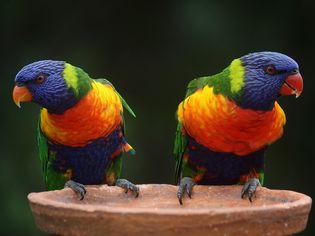
Rainbow Lorikeets: Species Characteristics & Care
Sweet-natured, vibrantly brilliant rainbow lorikeets are long-lived, medium-sized parrots that grow...
Read More →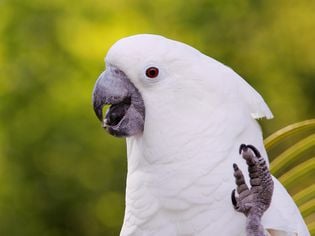
Umbrella Cockatoo (White Cockatoo): Bird Species Profile
A sweet-natured species, umbrella cockatoos can be overly affectionate—bordering on obsessive—w...
Read More →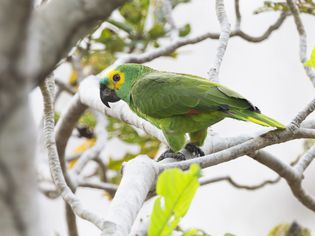
Blue-Fronted Amazon Parrot: Bird Species Profile
Blue-fronted Amazon parrots are among the best-talking birds kept as pets. They have brilliant colo...
Read More →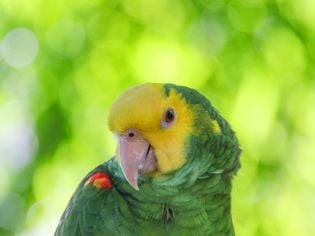
Double Yellow-Headed Amazon Parrot: Bird Species Profile
This medium-sized parrot with the lengthy name is one of the most popular pet species of the Amazon...
Read More →
Comments on "The Problem With Sand and Concrete Bird Perches" :